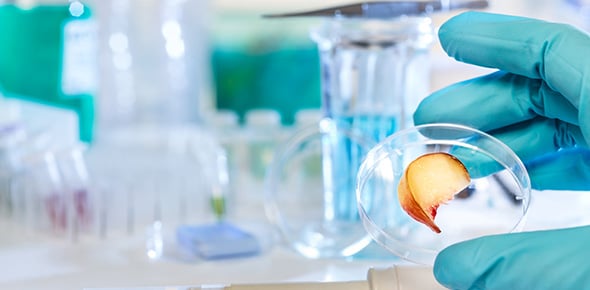How Much Do You Know About Food Safety?
- USDA
- FDA
2.
You may optionally provide this to label your report, leaderboard, or certificate.
Submit
×
Thank you for your feedback!
















